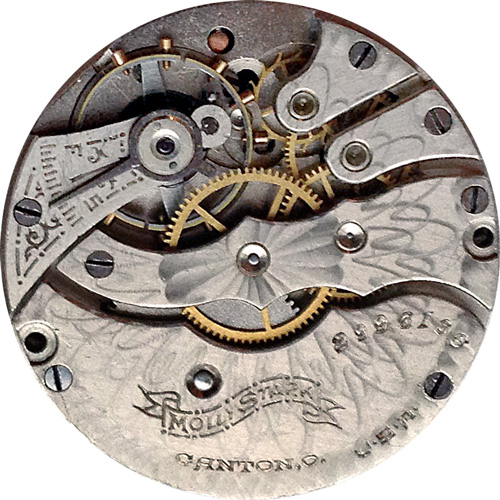

In late June 1936, the prototype was put on public display in the New Types Park, Hendon Air Show, London. On 21 June 1936, the prototype, powered by a pair of Bristol Pegasus P.E.5S(A) engines, conducted its maiden flight from Radlett Aerodrome, Hertfordshire, piloted by Handley-Page Chief Test Pilot Major James Cordes. Grey, founder of The Aeroplane magazine, remarked "it looks like a flying suitcase", a nickname that stuck with the aircraft for its lifetime. On seeing the narrow-yet-deep fuselage, which was only 3 ft wide, C. ĭuring early 1936, the first prototype, designated as the HP.52 and given the serial number K4240, was completed. Moyes, the Handley Page design soon found support with the Air Ministry in part because it was judged to represent a fair compromise between range, payload, and speed. The design team, led by George Volkert, drafted an extremely radical aircraft, initially centering upon the politically-favoured Rolls-Royce Goshawk engine however, by mid-1934, development of the Goshawk looked less promising and thus the Air Ministry acted to relax the tare weight (unloaded weight) requirement of the specification, allowing for the use of heavier and more powerful radial engines such as the Bristol Perseus and Bristol Pegasus. Accordingly, Handley Page responded with their design to meet the requirements of B.9/32 this same specification also drew other submissions from rival aircraft manufacturers such as Vickers, who would proceed to develop the Wellington bomber to it. In 1932, the Air Ministry issued Specification B.9/32 seeking a twin-engined day bomber with higher performance than any preceding bomber aircraft. By 1943, the rest of the trio were being superseded by the larger four-engined heavy bombers such as the Avro Lancaster. When it became obsolete, after a period of mainly operating at night, it was retired from RAF Bomber Command service in late 1942. The Hampden served in the early stages of the Second World War, bearing the brunt of the early bombing war over Europe, taking part in the first night raid on Berlin and the first 1,000-bomber raid on Cologne. The Hampden was powered by Bristol Pegasus radial engines but a variant known as the Handley Page Hereford had in-line Napier Daggers. It was part of the trio of large twin-engine bombers procured for the RAF, joining the Armstrong Whitworth Whitley and Vickers Wellington.

The Handley Page HP.52 Hampden is a British twin-engine medium bomber that was operated by the Royal Air Force (RAF).


 0 kommentar(er)
0 kommentar(er)
